Bhai Dooj, also known as Bhau Beej, Bhai Tika, or Bhai Phonta, is one of the most affectionate festivals in India that celebrates the sacred bond between brothers and sisters. It marks the end of the five-day Diwali celebrations and carries an emotional touch of love, protection, and togetherness.
Every year, siblings wait for this festival to express gratitude, share gifts, and pray for each other’s well-being. But beyond the rituals and festivities lies a beautiful story, timeless traditions, and spiritual meaning that make Bhai Dooj more than just another day on the calendar.
Let’s explore when Bhai Dooj falls this year, its rituals, legends, and how families celebrate it in modern India.
When is Bhai Dooj Celebrated?
Bhai Dooj falls on the second lunar day (Dwitiya Tithi) of the Shukla Paksha (bright fortnight) in the Hindu month of Kartik, which comes right after Diwali.
In 2025, Bhai Dooj will be celebrated on Thursday, 23rd October 2025.
This date is decided according to the Hindu lunar calendar, and the exact muhurat (auspicious timing) varies slightly depending on geographical location and sunrise/sunset times.
The Dwitiya Tithi is significant because it symbolizes new beginnings and the strengthening of family relationships after the Diwali festivities.
The Story Behind Bhai Dooj
Like every Indian festival, Bhai Dooj has a fascinating origin rooted in mythology. Two well-known legends explain its significance:
1. The Tale of Yama and Yamuna
According to Hindu scriptures, Lord Yama (the God of Death) once visited his sister Yamuna after a long time. She welcomed him with warmth — applying a sacred tilak on his forehead, performing aarti, and offering sweets. Deeply touched, Yama blessed her and declared that any brother who receives a tilak from his sister on this day would be blessed with long life and prosperity.
Since then, this day has been celebrated as Yama Dwitiya, symbolizing love and protection between siblings.
2. Lord Krishna and Subhadra
Another story narrates how Lord Krishna, after defeating the demon Narakasura, visited his sister Subhadra. She welcomed him with aarti, tilak, and sweets — beginning the tradition that sisters honor their brothers on Bhai Dooj.
Both tales beautifully highlight the essence of sibling affection, prayers, and blessings that define this festival.
Rituals and Customs of Bhai Dooj
Though the ways of celebrating may differ across regions, the heart of the festival remains the same everywhere — a sister’s prayer for her brother’s happiness and the brother’s promise of protection.
Here’s how Bhai Dooj is traditionally celebrated in Indian households:
1. Preparing the Puja Thali
The sister prepares a beautifully decorated thali containing a diya (lamp), roli, rice grains, sweets, betel leaves, coconut, and sometimes a small gift.
2. Performing the Aarti and Applying Tilak
The brother is seated on a small wooden platform or mat. The sister performs the aarti, applies a tilak of vermilion and rice grains on his forehead, and ties a sacred thread around his wrist.
3. Offering Sweets and Blessings
After the tilak ceremony, the sister offers her brother sweets, fruits, and sometimes a traditional meal prepared specially for him.
4. Exchanging Gifts
Brothers express their love and gratitude by giving gifts to their sisters — from chocolates and jewelry to personalized keepsakes and digital vouchers.
This mutual exchange signifies affection, respect, and lifelong commitment to supporting one another.
Regional Variations of Bhai Dooj
India’s cultural diversity gives Bhai Dooj many names and unique customs:
- Bhau Beej (Maharashtra & Goa): Sisters invite their brothers for a festive meal and perform aarti before applying tilak.
- Bhai Phonta (West Bengal): The ceremony involves special chants and turmeric paste tilak, followed by sweets like sandesh.
- Bhai Tika (Nepal & Bihar): Sisters apply a seven-colored tilak, symbolizing protection from evil.
- Bhai Dooj (North India): Celebrated with Diwali leftovers and elaborate rituals, followed by family feasts.
Despite regional variations, the emotion behind the festival — the unbreakable bond of siblings — remains the same across India.
Bhai Dooj 2025 Date and Muhurat
Here’s a quick look at the Bhai Dooj 2025 schedule (according to the Hindu Panchang):
- Festival Date: Thursday, 23rd October 2025
- Dwitiya Tithi Begins: 22nd October 2025, 06:24 PM
- Dwitiya Tithi Ends: 23rd October 2025, 04:45 PM
- Auspicious Tilak Time: Between 10:45 AM and 01:10 PM (may vary slightly by region)
👉 Tip: Always check your local Panchang for exact muhurat timings before performing the rituals.
Modern Ways to Celebrate Bhai Dooj
While the essence remains rooted in tradition, modern siblings are finding new ways to celebrate Bhai Dooj even when living far apart:
- Virtual Tilak Ceremony: Sisters perform the rituals over a video call and send gifts online.
- Online Bhai Dooj Gifts: From personalized hampers to cakes and flowers, gifting portals make it easy to surprise your sibling anywhere in India.
- Charity Together: Many siblings donate to a cause in each other’s names as a meaningful gesture.
- Weekend Family Brunches: Modern families often combine Bhai Dooj with festive get-togethers and special meals.
These small gestures keep the emotional warmth alive, even in busy modern lives.
Significance of Bhai Dooj
Bhai Dooj is not just about rituals — it’s about gratitude, blessings, and family connection. It reminds us that love, when expressed through small rituals, strengthens emotional bonds that last forever.
The festival also carries spiritual meaning — the tilak represents divine protection, while the exchange of sweets and gifts signifies shared happiness and abundance.
In essence, Bhai Dooj teaches us to value relationships over material celebrations and to keep family love at the heart of every festivity.
Frequently Asked Questions (FAQs)
A: Bhai Dooj in 2025 falls on Thursday, 23rd October.
A: It celebrates the bond between brothers and sisters, where sisters pray for their brothers’ longevity and happiness, and brothers promise lifelong support and care.
A: Sisters perform aarti, apply tilak on their brother’s forehead, and exchange sweets and gifts.
A: Absolutely. Many families now celebrate virtually using video calls and send gifts online to keep the tradition alive.
A: Personalized items, festive hampers, sweets, flowers, perfumes, or memorable keepsakes are ideal Bhai Dooj gifts.
Final Thoughts
Bhai Dooj is more than a festival — it’s a celebration of love that binds families together. Whether it’s through a heartfelt tilak, a simple smile, or a surprise gift, every gesture on Bhai Dooj carries the essence of care, prayer, and togetherness.
As we move forward in a modern world, let’s preserve this timeless bond and continue spreading the warmth of sibling love — because some relationships are truly divine.

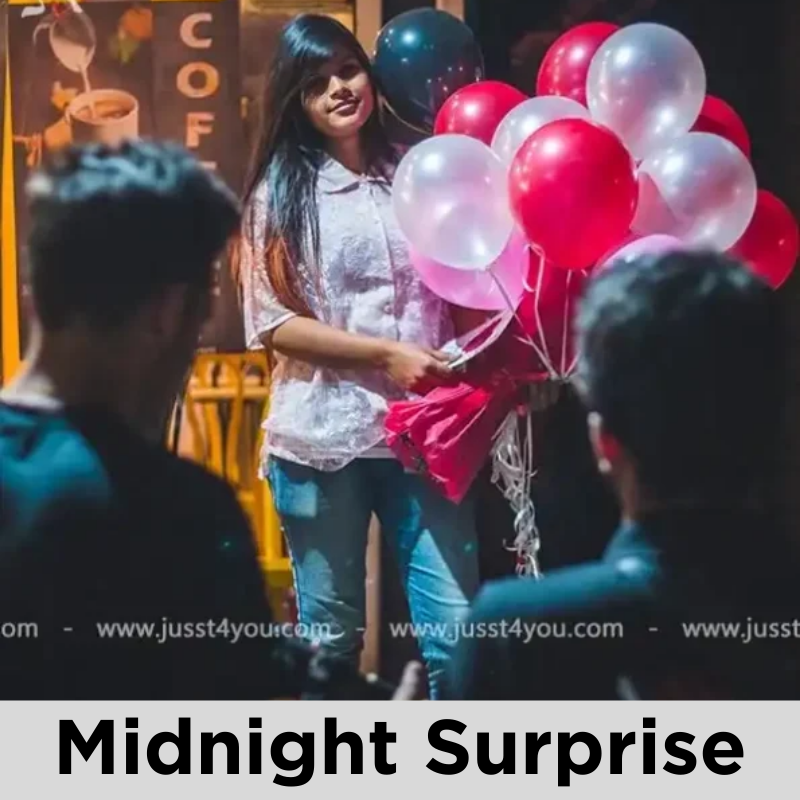

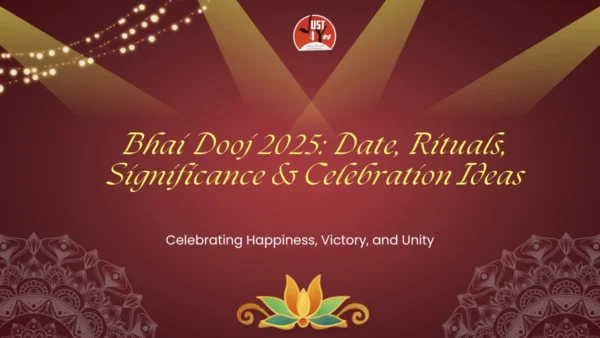

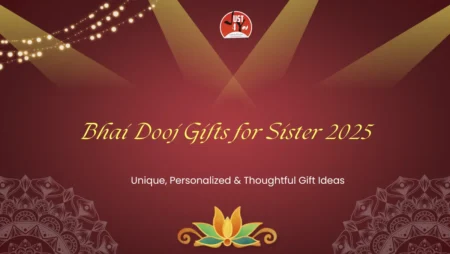


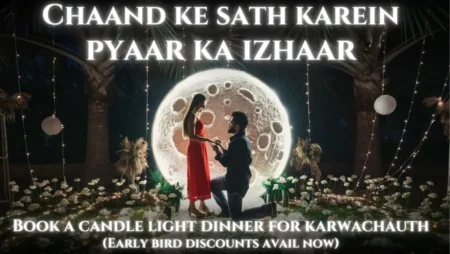






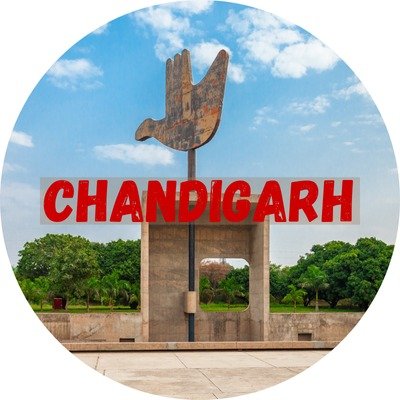





Pingback: Bhai Dooj Gifts for Sister 2025 | Unique, Personalized & Thoughtful Gift Ideas | Just 4 You Surprise Planners